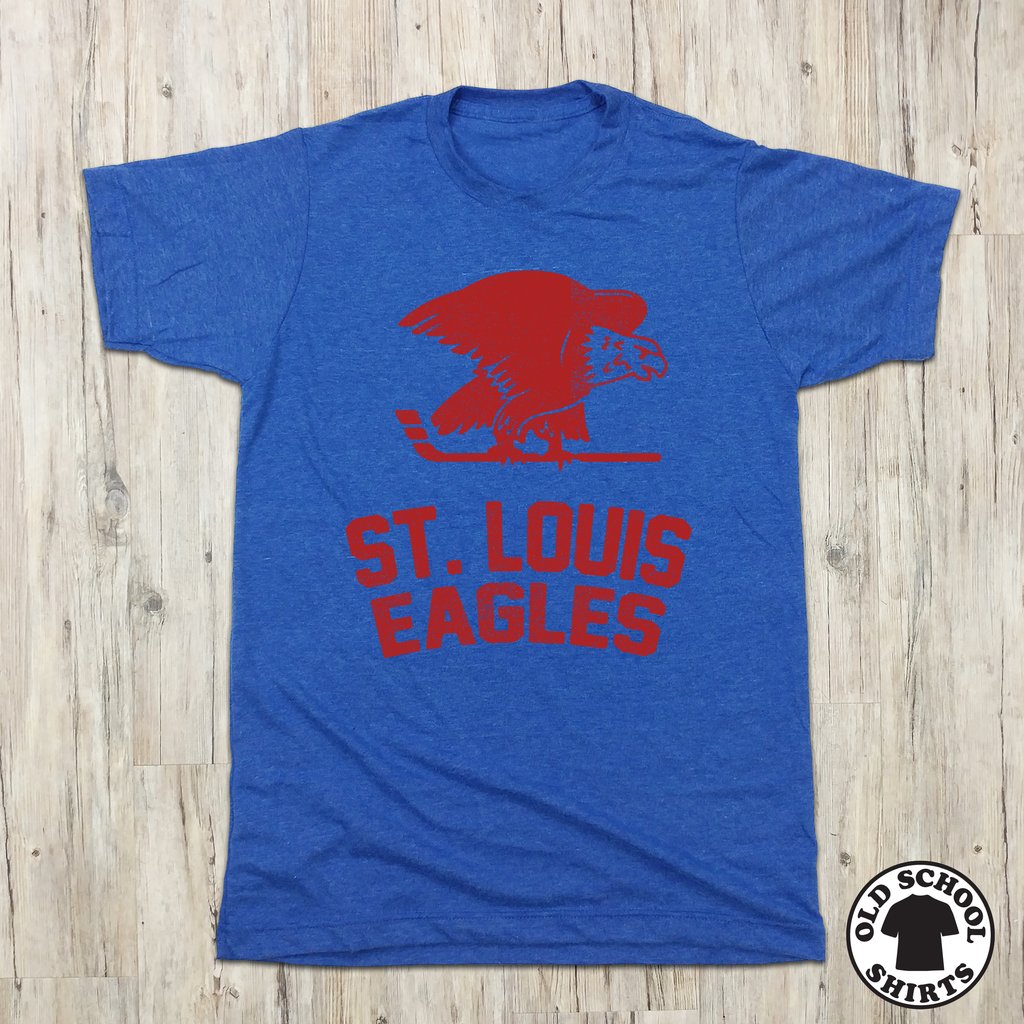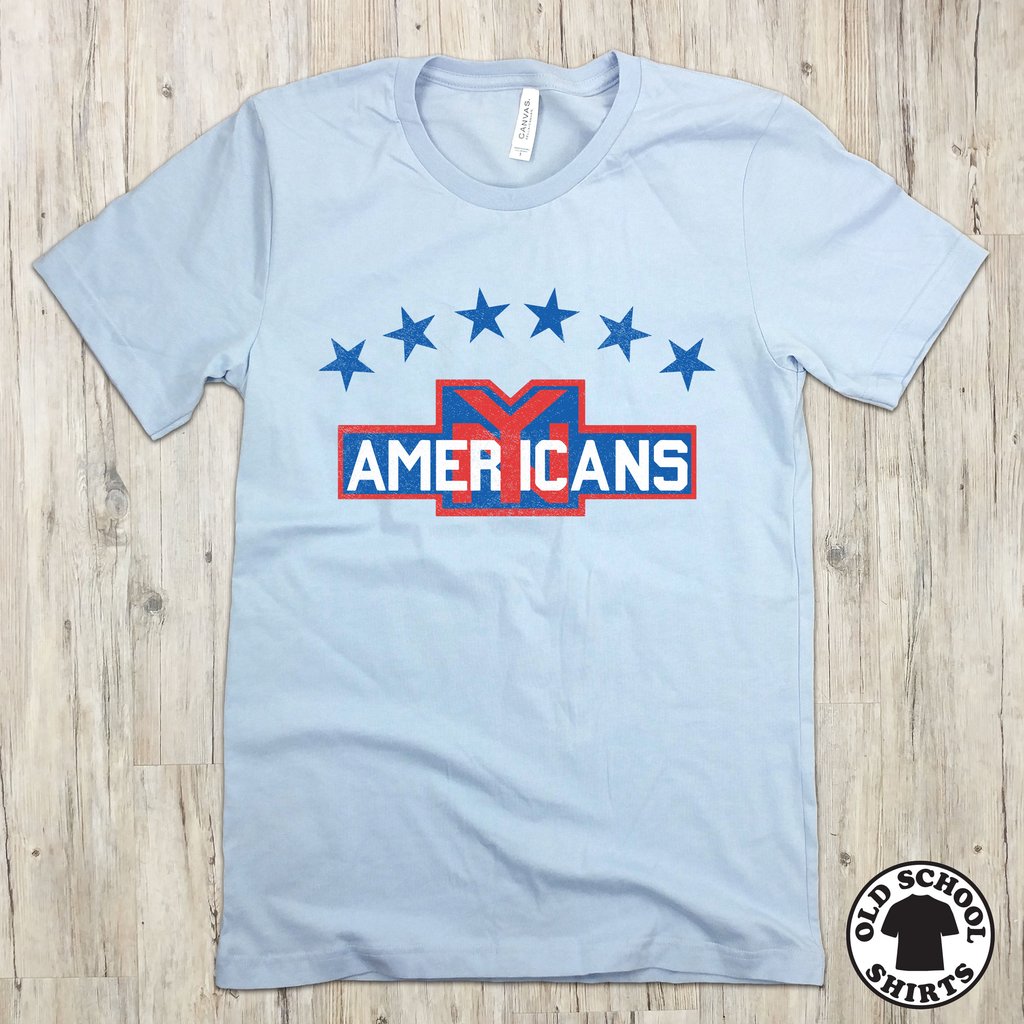When quizzed on the historical origins of the National Hockey League, most fans reflexively default to the hagiographic construct known as the “Original Six” – the Boston Bruins, Chicago Blackhawks, New York Rangers, Montreal Canadiens, Toronto Maple Leafs, and Detroit Red Wings – as the seminal franchise lineup from which the modern-day NHL was ultimately built.
In fact, the league traces its official roots to a much friskier start dating back to 1917 – when, out of the ownership discord of the predecessor National Hockey Association (1909-17), and a rising challenge to Stanley Cup supremacy from other fledgling pro circuits like the Pacific Coast Hockey Association and Western Canada Hockey League – a then-four team (and all-Canadian) NHL made its debut with franchises in Toronto (Arenas), Ottawa (Senators), and Montreal (Canadiens and Wanderers).
Over the next 25 years, the league fitfully expanded and contracted across cities like St. Louis, Quebec, Hamilton, Boston, Pittsburgh, Philadelphia, Chicago, Detroit – and even a 16-season, dual-franchise odyssey in New York. But, when the NHL Board of Governors terminated the financially troubled Brooklyn Americans after a World War II-ravaged 1941-42 season, the league settled back to just six reasonably solid clubs – a group that would remain stably intact until 1967, when the ambitious “Great Expansion” doubled its membership to 12, and set the stage for even more meteoric growth in the decades to follow.
Author Andrew Ross (Joining the Clubs: The Business of the National Hockey League to 1945) joins host Tim Hanlon to talk about the league’s surprisingly rough-and-tumble first quarter-century of existence – including the winding economic journey that eventually defined hockey’s place in the North American professional sports firmament.
Thank you to Audible, OldSchoolShirts.com, MyBookie, and SportsHistoryCollectibles.com for their support of this week’s show!







